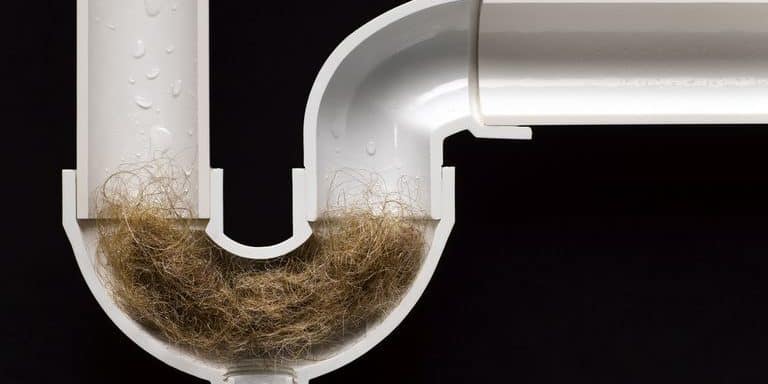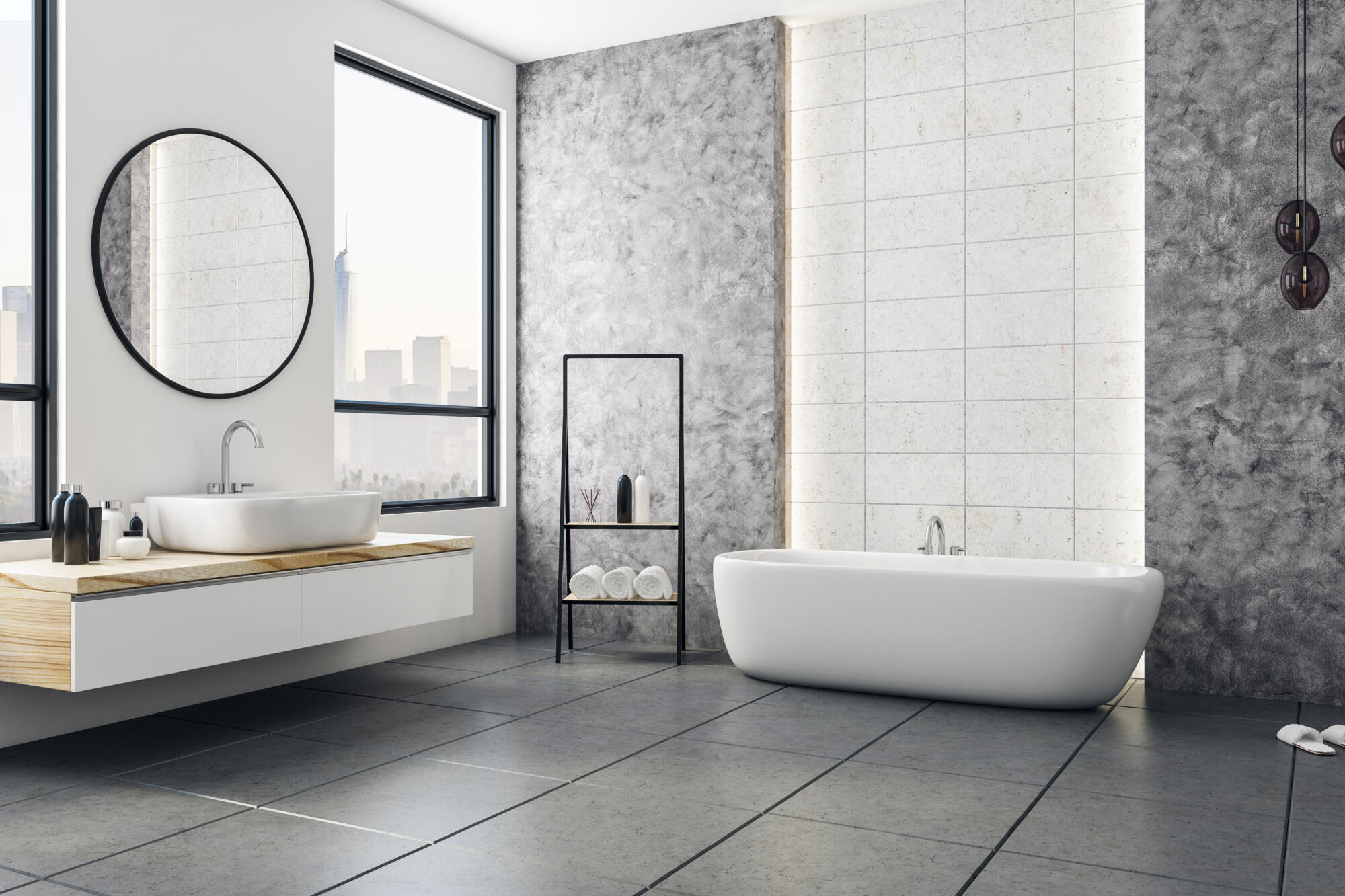Between regular shampooing and showering, giving your pet a bath, frequent shaving and hair trimming, and of course, hair falling off naturally- there are a lot of reasons why households have to deal with hair clogs quite often. Yes, it is true that hair clogs can be removed either by simple home remedies or with the help of chemical drain clog removers and expect plumbers.
However, these processes require time, effort and money. Hence, one of the best ways to not face hair clog problems will be by taking preventive measures. Knowing and practicing ways to prevent hair clogs will definitely be helpful for you as the consequences of not fixing hair clogs effectively and/or timely is disastrous without a doubt.
So, without further ado, here are some effective, quick and easy ways to prevent hair clogs:
Limiting hair build-up
The hair that get left behind in sinks and bathtubs are accumulated on the drain and if left as it is, water won’t be able to pass through it properly clogging the drains. Thus, it is advisable to brush your hair before starting your bath. As it will help you to remove unattached and/or loose hair from your head beforehand.
Similarly, you need to remove loose and unattached hair and dirt from your pets before giving them a bath, if you do not want to be left with dirt, hair and dander on the drain and shower floor which can cause hair clogs eventually.
On the other hand, hair also fall off naturally when we are in the shower. If you see any loose hair while showering, it will be a smart move to collect them and keep on placing them away from the drain in a pile, so that you can throw the pile in the trash once you done taking your bath. Keeping an eye out and removing any lose hair then and there is one of the most effective way to prevent hair accumulation which causes clogs.
Here it should be mentioned that, if you have no intention of washing your hair, then in such instances it will be best to wear a shower cap. Besides all the advantages it has to provide to someone who doesn’t want to get their hair wet while showering; it will also prevent loose hair from falling on the drain and gradually building up and clogging the drains.
As shaving is part of the everyday life for most home owners, minimizing the hair accumulation during shaving is needed if you want to prevent hair clogs. While shaving facial hair, you can either run the water completely or at regular intervals. If you wait till you are done shaving you will be left will a big pile of hair and soap scum/foam which is harder to remove. So, using running water during the shave will help you to effortlessly remove them for good. Similarly, shaving body hair in filled bathtub, running shower and sink is recommended.
Covering up the drains
One of the easiest ways to prevent hair clog will be using hair catcher. They are available in both online and local stores and comes in different types, sizes, designs, colors and price range. Hence, you will have the option to choose according to your requirement, budget and preference. They are available for both sinks, shower drains and bathtubs and is affordable.
By placing a drain hair catcher over the shower floor drain or sink, all hair that is left behind after showering and trimming and/or shaving body hair will be collected in it. Both hair catcher for sinks and shower and bathtub hair catcher is design to prevent hair from going down the pipes. Thus, it can effectively prevent hair clogs. They are very easy to set up and you need to clean it every once in a while. All you need to do is throw away the collected loose hair strands in the trash, clean it up under running water and place it over the drain as it was before.
Similarly, using drain screen will also help to prevent hair clogs. It comes in two types mainly and they are: Top drain screen and underneath drain screen.
Installing top drain screen is very easy, as all you have to do is fit the right sized drain screen over the drain. Here it should be mentioned that the standard mesh drain screen which is widely available are usually made for kitchen sinks. Thus, when buying top drain screen make sure that they are made especially for bathroom sinks and bathtubs.
Underneath drain screen is a bit different. With this, you need to install the drain screen underneath the present drain cover. You have to do this by first removing the current drain cover and then placing and fitting the underneath drain screen in the middle of the pipe. You can even use plumber putty to secure it in place, if needed. Once it is installed, you need to place the drain cover back to end the process. Removing the collected hair and cleaning the drain screen should be done at least once a month to prevent any kind of hair clogs.
Routine cleaning maintenance
A regular or frequent cleaning up procedure will help you to prevent hair clogs from happening. One such easy-to-follow process is “hot water rinsing” which can be done on a weekly basis. Every week you need to pour one cup of hot water down the drain. The hot water will loosen up the clumped-up hair and grime present and make them go down the pipes easily.
Another way to prevent hair clog will be by maintaining a routine clean up session every month or so with a proper cleaning solution. There are many effective natural and chemical solutions which can be used for this process.
Even though over-the-counter drain clog removers are available in plenty, many do not prefer to go with this option. For them simple home-made cleaning solutions will do the trick like pouring salt and then vinegar/lemon juice to remove hair clogs.
Here it should be mentioned that, when dealing with hot water and cleaning solutions (both chemical and natural), do make sure to pour them in the drain directly. Avoid the contact of the hot water and cleaning solutions with the surface of the bathroom sinks and bathtubs as it can cause damage/discoloration in some cases. Hence, apple cider vinegar and baking soda cleaning solutions are recommended for kitchen sinks only as this particular solution though effective causes foam which often comes up from the drain covers. Such foam can damage the surface of bathtubs and shower floors (depending on the type of material used for it).
There you have it, some of the best ways to prevent hair clogs. As all these affordable and easy-to-maintain methods/tips and tricks require very little time, following them to get this hair clogs problems out of your hair is possible for you.







Thanks for the great post. I have been doing it manually and it has not been easy. but the HAIR CATCHER is definitely something I must purchase. Looks great and has seen its budget-friendly.